For the past 35 years I’ve built dozens of small boats, and all of them have been made of wood. I did, however, make one small foray into making a fiberglass boat. I had carved a 12″ model of a Whitehall by eye from a fragrant, fine-grained piece of Alaska yellow cedar, and while it was pleasant to work and I enjoyed having the hull shape gracing my living room, I had to keep it out of the incautious hands of my two young children. I decided to splash a fiberglass mold of the model and produced a couple of ’glass hulls to give as toys, confident the composite reproductions were tough enough to hold up to their rough use. Gig Harbor Boat Works evidently had the same idea: a composite Whitehall would have a significant advantage over a wooden one; you could do almost anything with it and not have to fret about the easily damaged woodwork. The Whitehall has an uncluttered, easy-to-clean interior. The sliding thwart offers the rower freedom of movement from side to side and keeps its tracks out of the middle of the boat where those of a standard sliding seat would be in the way of getting in and out of the boat.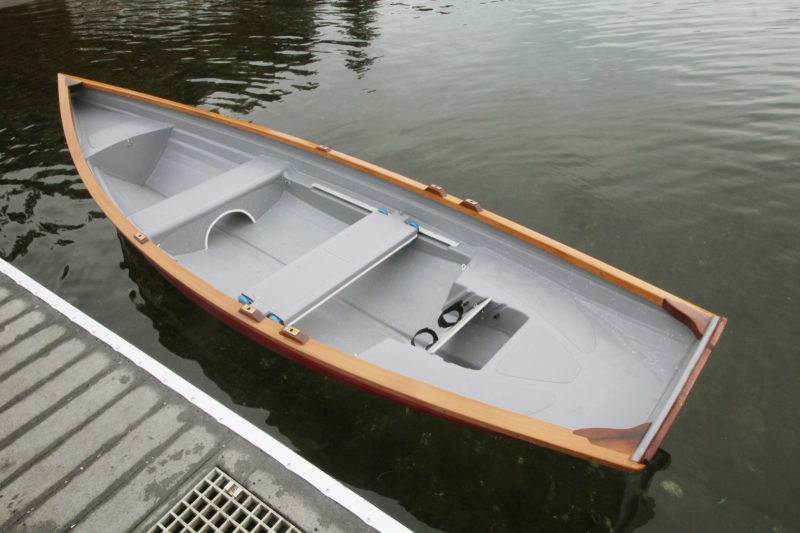 Christopher Cunningham
Christopher Cunningham
Join The Conversation
We welcome your comments about this article. To include a photo with your remarks, click Choose File below the Comment box.




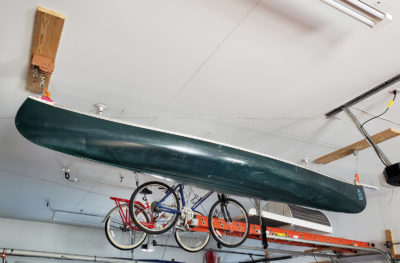

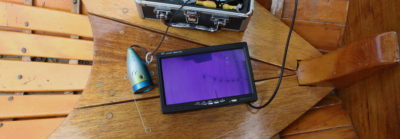
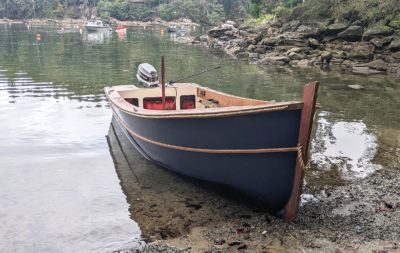
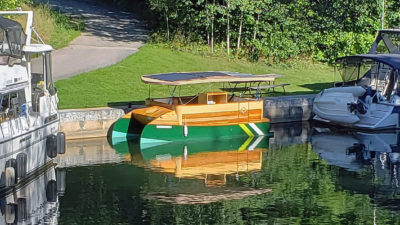
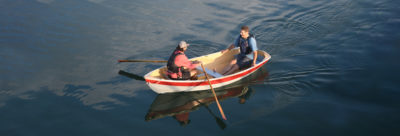

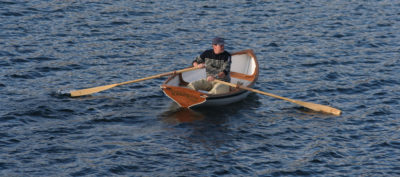
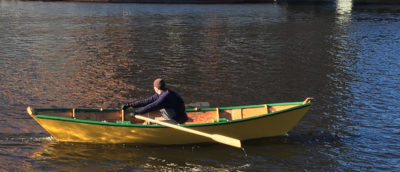
I had a GH Whitehall, from about 15 years ago until sold recently. It was a great solo rowboat, and I just wanted to say more on the slide seat design. The usual drop-in slide seat rigs have to be mounted into the boat and take up significant central space. They usually have a racing style rowing seat, and typically small, hard plastic wheels. The GH design works if the boat has side seats to carry the tracks, and enough beam for the oarlocks to mount on the gunnels. The advantages are that the seat lifts right out to leave a clear cockpit (great for camp aboard), it has large soft wheels that are quiet and long lasting; the surface can carry a racing seat if you want but works fine with a cushion, and it locks easily to become a fixed seat (good for rough conditions). I found mine so useful that I copied the concept on my home-built cruising rowboat.